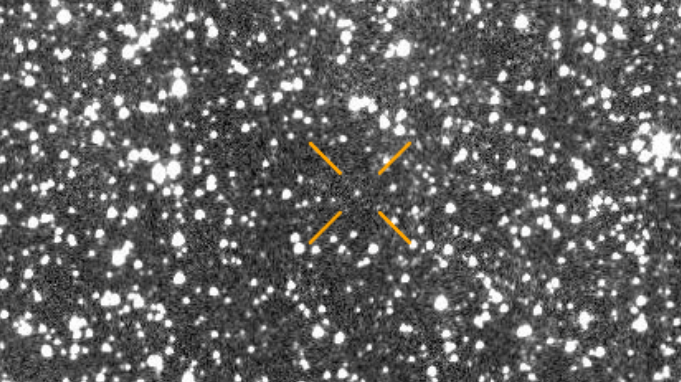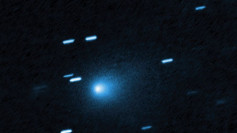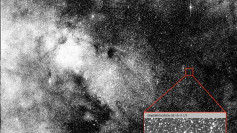Interstellar comet 3I/ATLAS is again challenging astronomers' understanding of comet physics after new images captured from New Mexico revealed three separate ionic jets and an enormous sunward anti-tail extending millions of miles. The photos, taken by Japanese astrophotographer Satoru Murata as the thin crescent Moon passed beside the comet, have circulated rapidly through scientific circles and reignited debate over the object's unusual behaviour as it continues its hyperbolic escape from the Solar System.
Murata posted the images on Facebook, noting the comet's striking visual complexity as it crossed near the galaxy NGC4691. "I captured the interstellar comet early this morning as a thin crescent moon passed immediately next to it," he wrote. "Still was able to capture three separate jets of ionic tail, and an anti tail? Or the dust tail? The comet was also passing by the galaxy NGC4691, which really gave the impression of the object being from another world."
His observations align with prior measurements showing two large anti-tail structures stretching roughly 0.95 million kilometres toward the Sun, while the primary ionic tail extends an estimated 2.85 million kilometres in the opposite direction. At 326 million kilometres from Earth, the comet's visible activity far exceeds expectations for an object with limited solar exposure.
Astronomers calculate an outflow speed near 0.4 km/s and estimate that the anti-tail's density is roughly one million times greater than the surrounding solar wind. Monthly mass-loss projections reach as high as 50 billion tonnes-approaching the comet's minimum estimated mass-raising questions about how long 3I/ATLAS can sustain such intense activity.
Despite the dramatic display, experts emphasize that no spacecraft will reach the jets. The comet will approach no closer than 269 million kilometres on December 19, 2025, keeping even NASA's Juno spacecraft-expected to pass 53 million kilometres away in 2026-and ESA's Juice probe, at 64 million kilometres, far from any possibility of sampling material. The anti-tail and jets will remain strictly remote-observation targets.
Scientists remain divided over what drives the extraordinary structures. Some, including David Jewitt and colleagues, suggest the anti-tail may be shaped by unusually large dust grains roughly 100 micrometres across-particles too heavy for radiation pressure to push away, allowing them to stream sunward. Others, including Harvard researchers Eric Keto and Avi Loeb, have proposed models involving evaporating ice fragments that redirect material toward the Sun. More speculative interpretations reference directed "thruster-like" jets, though no current evidence suggests technological origins.
3I/ATLAS-only the third confirmed interstellar object after 1I/'Oumuamua and 2I/Borisov-is providing astronomers a rare opportunity to study how extrasolar bodies behave under solar heating. As it continues outbound on a one-way trajectory, researchers anticipate that Hubble, James Webb and ground-based observatories will remain the primary instruments for studying the object's evolving structure.



